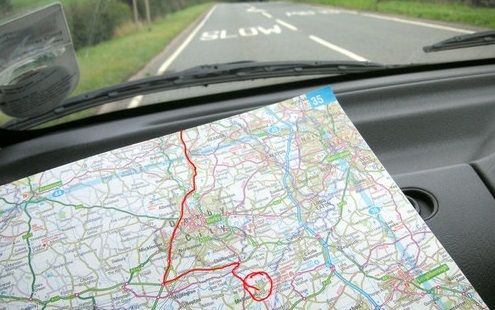Why a feasibility study is vital when planning a benefits scheme

- How long should it take?
- Is the road a difficult one?
- Do I know what to expect and when?
- Who do I take with me and who should I tell about it?
- Is my destination the right one and should I stop along the way?
- When will I know I am there?
- How do I know if the journey was a success?
Without this planning, you’ll be embarking on what could be an unexpected journey; one fraught with danger and pitfalls and where the chances of arriving where you wanted to be – and unscathed – are slim.
The input of others
Others may tell you they have been on the journey themselves and they will give you plenty of advice and warnings. They may also share whether the experience was exhilarating or exhausting.
However, each journey has a uniqueness about it, so your experiences will be different to others. Also, if they don’t actually join you on the journey, how can they really help?
Bearing this all in mind, your pause for thought might tell you to consider employing a guide to accompany you, a guide that has been on this journey before, and managed it successfully.
The value of a guide
A good guide will look at your final destination and break the journey down into achievable parts; map the route, review any obstacles, and ensure you have with you what is needed to meet any challenge.
This is called a feasibility study – and it’s crucial when planning a benefits scheme. But here’s the odd thing: however obvious it may seem that planning is essential, I have observed that feasibility studies are becoming unfashionable.
It seems a rush to get the project over the line and the system live is becoming more important than considering what might happen once you start the project. The management of issues whilst in project is fraught with difficulties.
Key features of a feasibility study
Companies have been left to look at the business case, without external support, and may not have covered everything. These, by way of example, should form part of any good feasibility study:
- Your aims and objectives
- Discussion and agreement of timelines
- A review of existing benefits
- Advice and recommendations on new benefits
- Process mapping
- Data cleansing and security
- Technology review and procurement
- Communication review and planning
- Implementation and delivery overview
- Risk and issues
- Return on investment modelling
- Tax and legal review
I would therefore recommend you let a professional show you the correct path, to stop you going astray and help you deliver an engaging and exhilarating reward and benefit strategy.
Defining and implementing a benefits strategy should never be an unexpected journey. Just a successful one.
Tony Nevin is director of employee benefits at Mazars.
This article was supplied Mazars.






